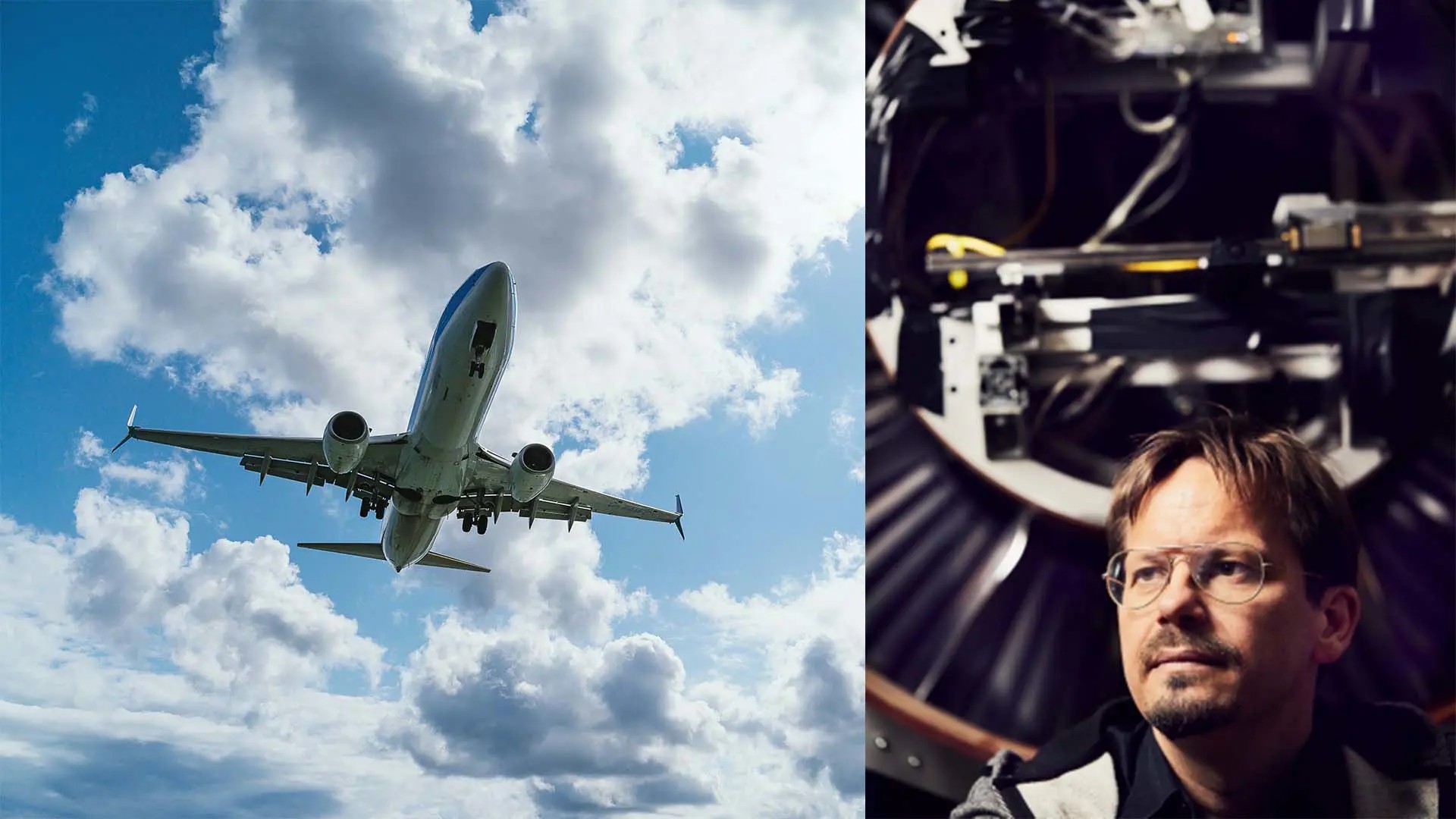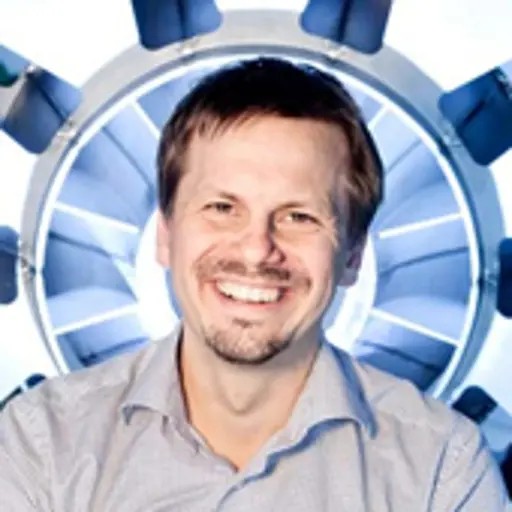
Chalmers' new competence center TechForH2 is now being launched with the overall aim of developing new technology in hydrogen propulsion as a step in the transition to a fossil-free transport system.
As the center is inaugurated, important steps are taken towards a greater understanding of how we can use hydrogen as a fuel for heavy vehicles and aircraft with a focus on on-board systems for energy storage, manufacturing technology, sensors, fuel cells, as well as hydrogen's impact on society.
TechForH2 is a joint venture between Chalmers, Rise, Volvo, Scania, Siemens Energy, GKN Aerospace, PowerCell, Oxeon, Insplorion, Johnson Matthew and Stena and the collaboration is expected to put Western Sweden on the map for hydrogen research.
“Getting a node for vehicle research and hydrogen with its main focus in the western part of Sweden is fantastic. And it’s of course also great that we’ll now get a center that focuses on collaboration between different modes of transport”, says Tomas Grönstedt, professor of turbomachinery at the Department of Mechanics and Maritime Sciences at Chalmers and director of TechForH2.
The center is financed with nearly SEK 54 million by the Swedish Energy Agency and has a total budget of SEK 161 million over the next five years. The investment has opened up for nine new PhD students and eight post docs to take a place at the center, which is believed to have a significant impact on future hydrogen technology in terms of new innovations as well as new knowledge in Chalmers' engineering courses. The center's sensor researchers recently had an article published in the esteemed scientific journal Nature, which Tomas Grönstedt believes indicates the relevance of hydrogen research to the challenges facing society.
“The scientific community and industry are trying to increase the electrification of aviation and heavy transport in order to reach the climate goals set by EU. Batteries are no doubt really good but may not offer sufficient range for heavier vehicles. Using hydrogen might be a way to increase the range. An electric-powered airplane would, for example, be able to travel a maximum of 500 kilometers. With hydrogen, the range could increase to 3,000 kilometers,” explains Tomas.
Contact persons:
Tomas Grönstedt, professor of flow theory at the Department of Mechanics and Maritime Sciences at Chalmers and director of TechForH2.
tomas.gronstedt@chalmers.se +46-31-7721455
For more information:
Read more about TechforH2: For the sustainable hydrogen economy of the future | Chalmers
Read about Chalmers' new compressor facility for hydrogen research: Full house when new compressor facility was inaugurated | Chalmers
Text: Lovisa Håkansson

- Full Professor, Fluid Dynamics, Mechanics and Maritime Sciences